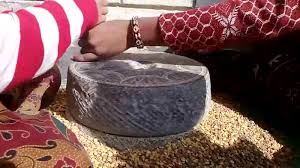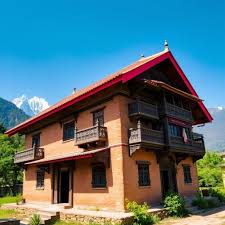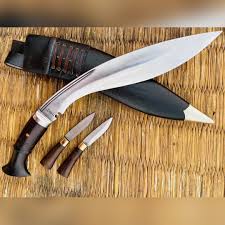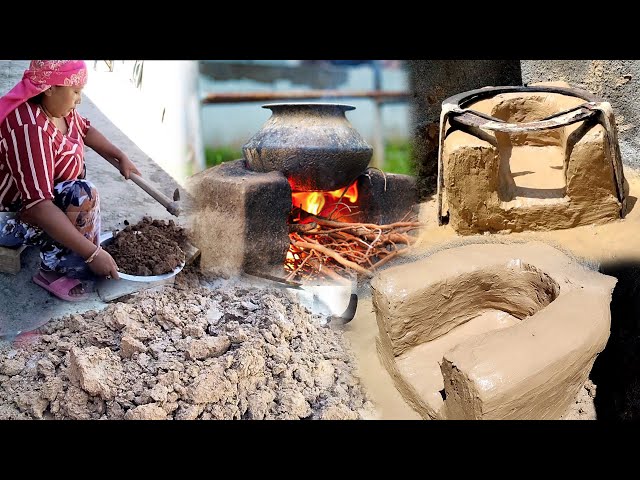Share this Article
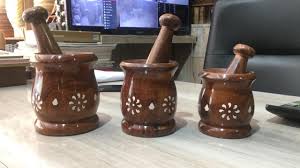
In the traditional kitchens of Nepal, especially in rural and hilly regions, the Okhli (also spelled Ukhal or Ukhali) has been an indispensable part of daily culinary life. This centuries-old, hand-crafted wooden or stone tool is primarily used to crush and grind everyday ingredients such as jeera (cumin), pitho (flour), silam (perilla seeds), masalas (spices), and various grains and herbs. More than just a kitchen utility, the Ookhli reflects Nepal’s deeply rooted relationship with self-sufficiency, simplicity, and natural living.
What is an Okhli?
The Okhli is a large, deep mortar-like structure, traditionally made from a solid block of hardwood or stone. Accompanying it is the Musu—a long, sturdy pestle used to pound or crush ingredients inside the Ookhli. The user typically stands or sits near the Okhli and rhythmically moves the Musu up and down to grind or crush the contents.
In some households, particularly in the hills and mountains, the stone version of the Okhli is fixed to the ground, often near the kitchen or the courtyard, where it serves both culinary and social purposes.
Ingredients Commonly Processed in an Ookhli
- Jeera (Cumin Seeds): Crushed for use in curries, pickles, and spice blends.
- Silam (Perilla Seeds): Ground to make chutneys (achar) or spice pastes.
- Pitho (Flour): Some grains like maize or millet are lightly pounded before milling.
- Masalas: Pepper, coriander, cardamom, mustard seeds, and more.
- Garlic and Ginger: Crushed fresh for flavor-packed base pastes.
The Process
- Filling: The dry or semi-dry ingredient is placed into the Okhli.
- Pounding: With the Musu, the ingredient is crushed by vertical pressure and repeated motion.
- Grinding: A slightly circular or angled pressure may be applied for finer grinding.
- Collection: Once processed, the ground spice or flour is scooped out for immediate or stored use.
Despite being manually operated, the Okhli can produce finely crushed spices that are more aromatic than those from electric grinders.
Cultural and Social Significance
The Okhli is not just a kitchen tool—it is a cultural icon. In many rural communities, women often gather near the Okhli to prepare food and share stories. In some ethnic groups, it even features in traditional songs and rituals. Certain festivals and wedding traditions include symbolic acts involving the Okhli, representing prosperity, hard work, and unity.
Additionally, because it’s manually operated, using the Okhli fosters a deep connection with food—inviting mindfulness, rhythm, and strength into the act of cooking.
Sustainability and Timelessness
Made from locally sourced hardwood like sal, simal, or chilaune, or carved from stone, the Ookhli is incredibly durable and eco-friendly. It requires no electricity, generates no waste, and lasts for generations if cared for properly.
In a world increasingly dependent on gadgets and electronics, the Ookhli offers a powerful reminder of how simple tools, crafted with care and used with intention, can be both effective and sustainable.
Conclusion
The Ookhli remains a living symbol of Nepali culinary tradition—blending function, culture, and sustainability. Whether used for grinding spices, preparing chutneys, or simply anchoring a community’s cooking rituals, it continues to hold a cherished place in many Nepali households.
Categories:
Traditional Tools and Utensils
Tags:
okhli
,
TraditionalNepaliTools
,
StoneMortar
,
NepaliHeritage
,
UkhalMusal




